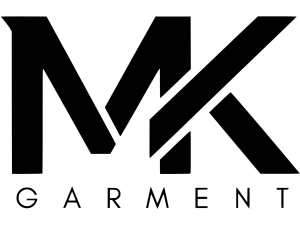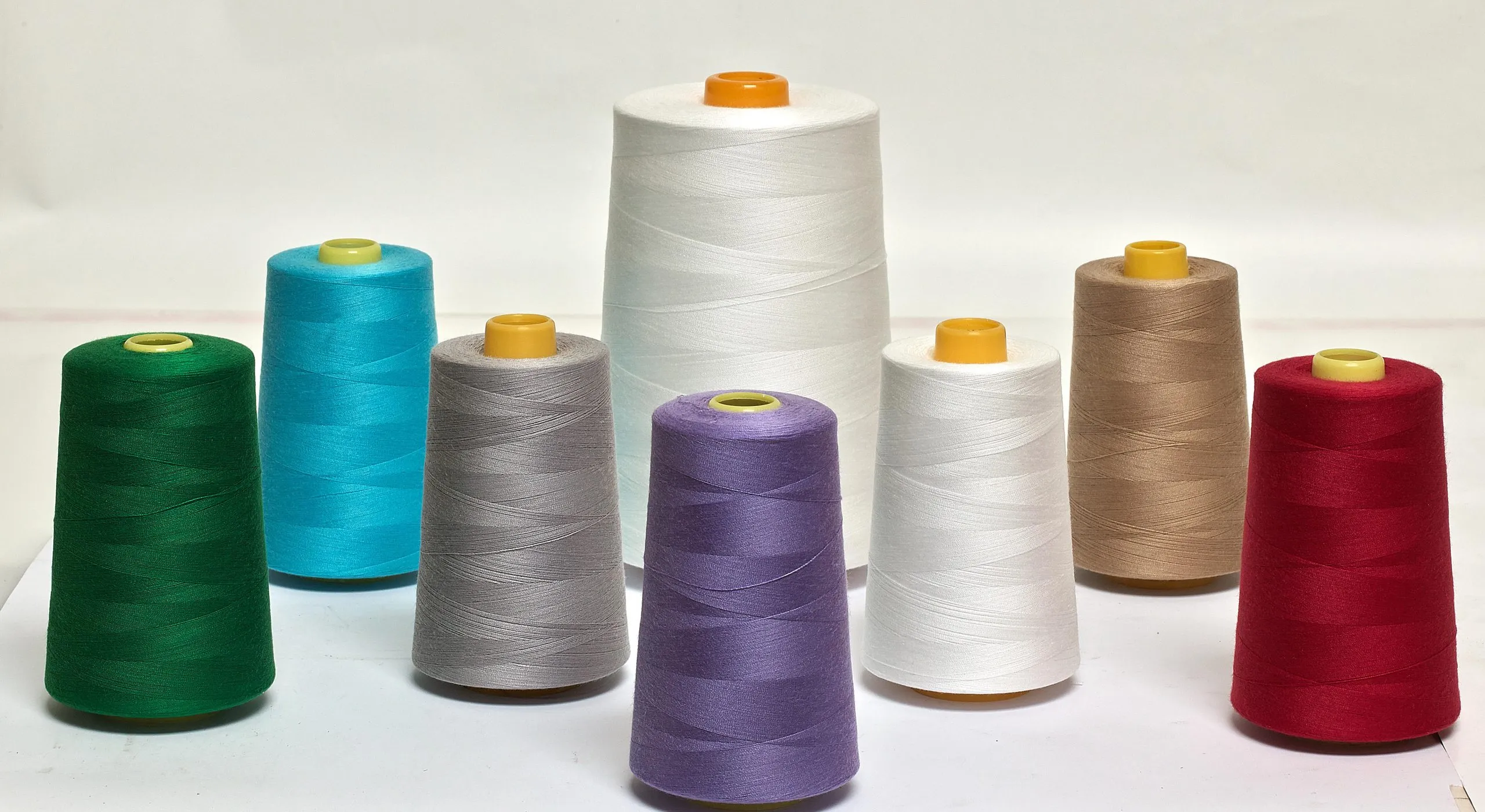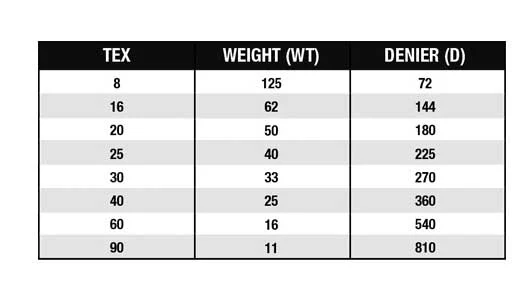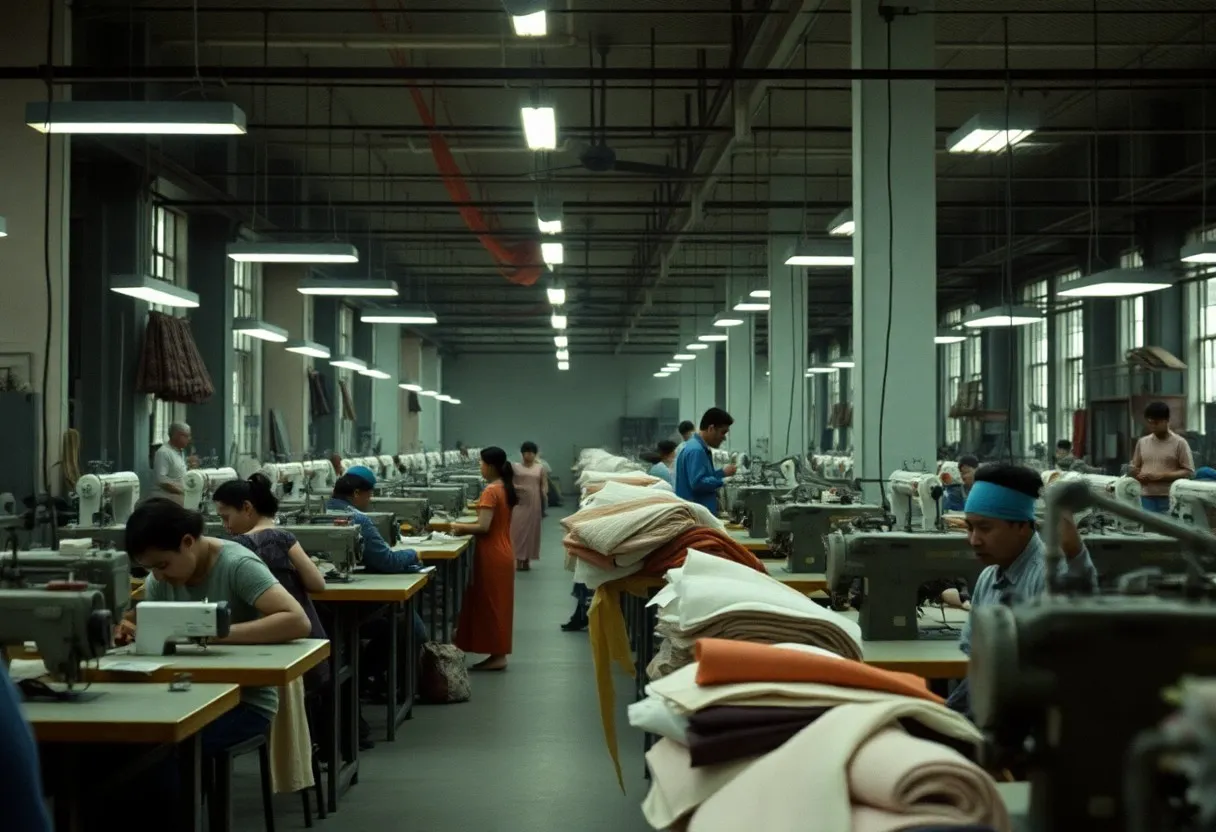
In the garment industry, not every factory works the same way. Some only help with cutting and sewing, while others handle everything from start to finish including packing and labeling. That’s why manufacturers often use three terms to describe their service models: CM, CMT, and CMPT. Each one shows how much of the production process the factory is responsible for and how much the buyer needs to prepare. Knowing the difference between these models helps clothing brands, designers, and sourcing teams choose the right type of partnership saving time, money, and effort. This article explains what CM, CMT, and CMPT really mean, how they differ, and when each is the best choice for your apparel project. In short, What Different between CM, CMT and CMPT:
| Aspect | CM | CMT | CMPT |
|---|---|---|---|
| Scope | Cut + Sew | Cut + Sew + Finish | Cut + Sew + Finish + Pack |
| Factory Role | Only sewing work | Sewing + trimming | Full-package |
| Buyer Role | Provides all materials | Provides all materials | May provide materials or specs |
| Cost | Low | Medium | High |
| Completion Level | Semi-finished | Nearly finished | Ready for shipment |
Understanding About CM, CMT and CMPT
CM (Cut & Make) – Cut and Sew
In the CM model, the factory only takes responsibility for cutting the fabric and sewing the product according to an existing sample you provide. This means you must supply all the raw materials such as fabric, thread, buttons, zippers. The CM model is often chosen by brands that already have their raw‐material source and only need a manufacturing partner to produce their goods.
=> Read More: What Is CM (Cut & Make) in the Garment Industry?
- The factory only handles fabric cutting and sewing according to your provided sample.
- The client must provide all raw materials: fabric, thread, buttons, zippers…
- Suitable for brands that already have raw materials and only need to outsource manufacturing.
With CM, you have flexibility and cost‐savings if you want to tightly control the quality of your input materials.
Advantages of CM:
- Lowest service cost per piece
- Perfect for buyers who already have trusted suppliers for fabric and trims
- Keeps full control over material quality and sourcing
Disadvantages of CM:
- High coordination effort (multiple vendors)
- Factory doesn’t manage finishing or quality beyond sewing
- Slower if the buyer must ship materials internationally
Best For
Start-ups or small brands that want to control every detail of material sourcing and only need skilled labor to cut and sew. Example: A European fashion brand ships fabric rolls and trims to a Vietnamese factory. The factory cuts and sews the garments, then returns them in bulk without ironing or labeling. The brand’s own warehouse in Vietnam handles trimming, tagging, and final packaging.

CMT (Cut, Make, Trim) – Cut, Sew and Finish
When you choose the CMT model, the factory will not only cut and sew, but also finish the product such as attaching labels, ironing, and minimal packing. In this case, although the factory handles production, you still need to provide the raw materials. This model suits brands that want to better control raw‐material quality and costs.
=> Read More: What Is CMT (Cut, Make, Trim) in the Garment Industry?
- The factory handles fabric cutting, sewing into finished product, and finishing (label tagging, ironing, packing…)
- The client still supplies the raw materials; the factory only handles production.
- Common in contract manufacturing because clients retain input control.
With CMT, since the factory does more than just sewing, your product is closer to market‐ready and you can focus on design and marketing instead of finishing steps.
Advantages of CMT
- Better visual and quality presentation than CM
- Factory handles part of the finishing process
- Saves buyer time in re-handling garments later
- Easier QC flow—factory checks before packing
Disadvantages of CMT
- Slightly higher service cost
- Buyer still needs to manage sourcing and supply timeline
- Factory depends on timely delivery of trims from the buyer
Best For
Medium-sized brands or private labels that want professional finishing but still wish to retain control of materials and branding. A sportswear brand sends rolls of polyester-spandex fabric, zippers, and logos to a Vietnamese supplier. The factory cuts, sews, presses, and packs the garments individually into clear bags with brand stickers. When shipped, the products are nearly ready for sale—just missing export cartons.
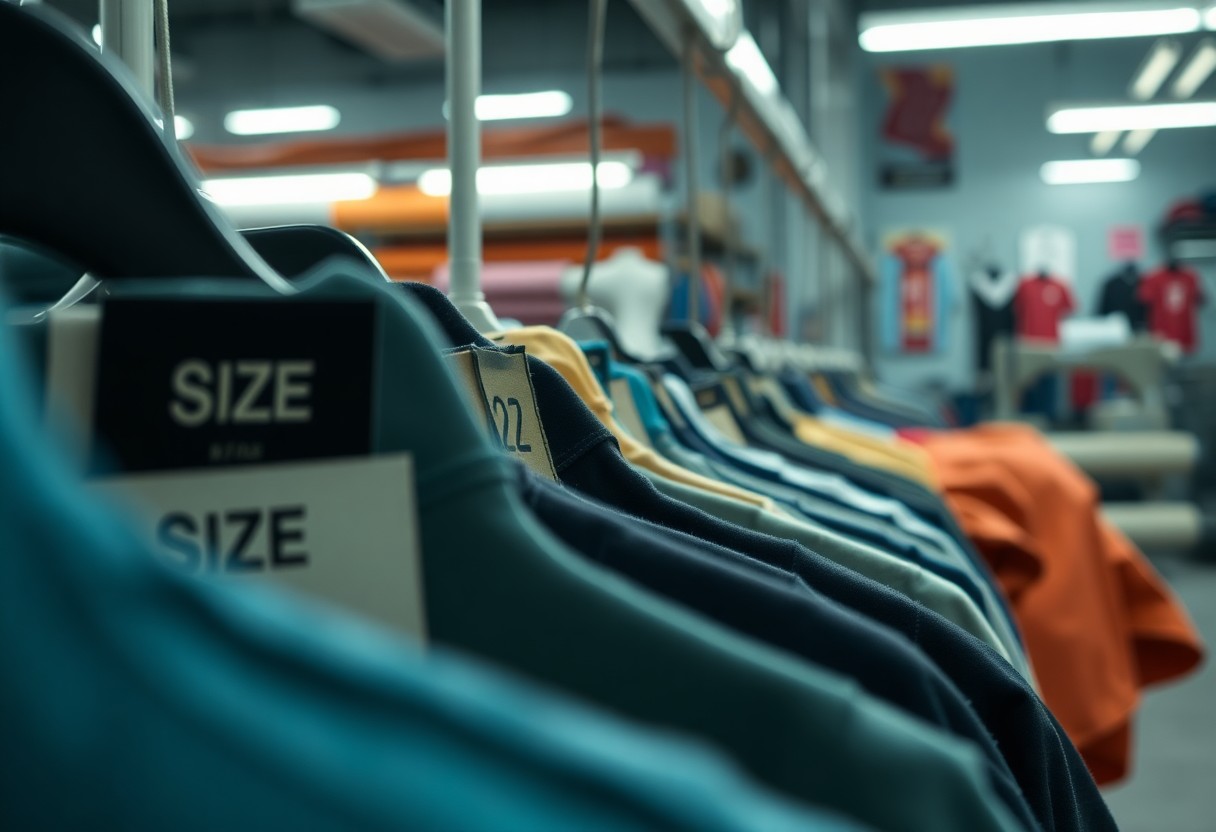
CMPT (Cut, Make, Pack & Trim) – Cut, Sew, Pack and Finish
The CMPT model is a full‐package service, covering the entire sequence: cutting, sewing, finishing and packing per your requirements. The factory will carry out the full process from fabric cutting to packing the product ready for export or distribution. This not only saves time but also reduces your workload.
=> Read More: What Is CMPT (Cut, Make, Pack & Trim) in the Garment Industry?
- Beyond cutting, sewing and finishing, the factory also handles packing per client’s requirements.
- May include packing each piece, each set, or following export standard packing.
- Helps clients minimise work on finishing and distribution.
This model is especially suitable for larger brands or those needing large‐volume production who don’t want to handle secondary processes themselves. Thanks to the professional and fast order handling, you can be confident about final product quality.
Advantages of CMPT
- End-to-end service: buyer can focus on sales and marketing
- Factory ensures consistent quality across all steps
- Fewer logistics problems (everything under one roof)
- Often faster total production time due to streamlined coordination
Disadvantages of CMPT
- Highest cost per piece
- Buyer has less control over individual material selection
- Requires a highly capable factory with strong systems (QA, logistics, and compliance)
Best For
Large retailers or brands with big volume orders, tight timelines, or those wanting one partner to manage the full chain. A major retailer places a bulk order with a Vietnamese manufacturer. The factory handles fabric sourcing, cutting, sewing, quality control, ironing, packaging into retail-ready boxes, and export paperwork. The buyer receives fully packed, ready-to-sell cartons.
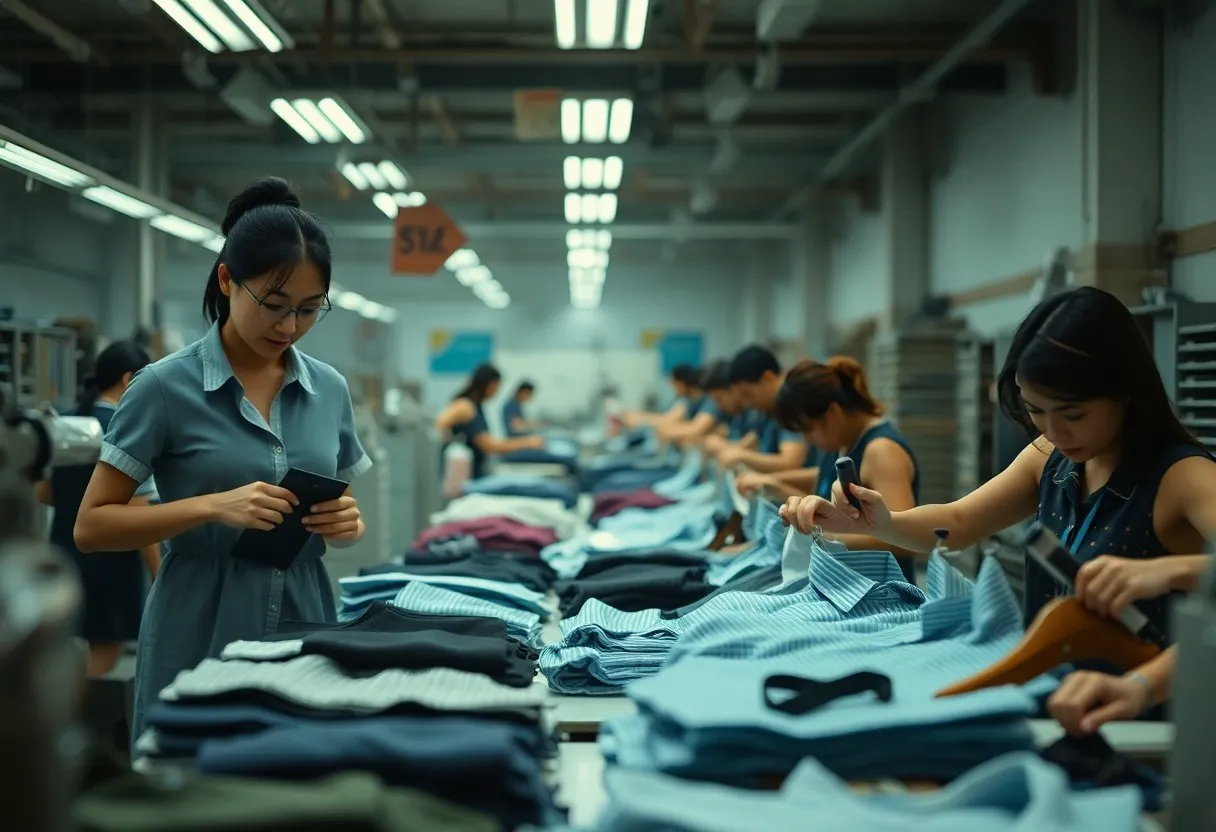
Comparison between CM, CMT and CMPT
In the garment industry, buyers and factories often use the terms CM, CMT, and CMPT to describe different ways of working together. These models explain who handles the materials, who manages production, and how costs are shared. Even though the names look similar, each method offers a different level of responsibility, flexibility, and price. By understanding how CM, CMT, and CMPT work, brands and manufacturers can choose the option that matches their budget, timeline, and control over quality.
| Criteria | CM (Cut & Make) | CMT (Cut, Make, Trim) | CMPT (Cut, Make, Pack & Trim) |
|---|---|---|---|
| Scope of work | Fabric cutting, sewing to finished product | Fabric cutting, sewing, attaching trims (buttons, zippers…) | Fabric cutting, sewing, attaching trims, packing product |
| Factory provides | Labour, machinery, cutting & sewing skills | Labour, machinery, sewing & trim‐attachment skills | Labour, machinery, sewing, finishing, inspection and packing |
| Client provides | Fabric, patterns, trims, technical instructions, packing requirements | Fabric, patterns, trims, technical instructions | Fabric, patterns, trims, technical instructions, packing requirements |
| Complexity | Low | Medium | High |
| Labour cost | Lowest | Medium | Highest |
| Production time | Fast | Medium | Slower due to extra packing stage |
| Quality control level | Controls only sewing process | Controls sewing and trim attachment | Controls everything from sewing, trims to packing |
| Benefits for client | Lower processing cost, suitable if you already have materials | Less finishing step for client, good for decorative products | Receive fully‐finished product, fewer steps before shipping/distribution |
| Benefits for factory | Focus only on sewing, no worry about input materials | Adds value via trim attachment | Highest value, but demands tight processes and supervision |
| Drawbacks | Client cannot control raw‐material quality | Must ensure trim attachment is correct | More labour, higher cost, requires good inspection system |
Summary / Conclusion
In the garment industry, understanding the difference between CM, CMT and CMPT is very important when choosing a manufacturing partner that meets your needs. If you only need a simple solution without many finishing steps, the CM service is a good choice. However, if you want your product more finished with extra steps like label attachment and basic packing, CMT will serve well. And if you need an all‐in‐one solution from cutting and sewing right through to packing, the CMPT service will help you save significant time and effort.
- CM: Simple outsourcing, only cut and sew.
- CMT: More complete outsourcing, includes finishing.
- CMPT: Full‐package outsourcing, includes packing.
FAQs Different Between CM, CMT, CMPT
What do CM, CMT, CMPT mean in the garment industry?
CM (Cut & Make) means the factory cuts fabric and sews garments to your samples. CMT (Cut, Make, Trim) adds finishing steps like attaching labels, ironing and basic packing while you still supply fabric and trims. CMPT (Cut, Make, Pack & Trim) is a full-package service covering cutting, sewing, finishing, packing and often export-ready packing and documentation.
In the CM model, what does the factory do and what does the buyer supply?
In CM the factory is responsible only for cutting and sewing. The buyer supplies all raw materials fabric, thread, buttons, zippers, trims, hangtags and often primary packing plus any technical specs, samples and QC instructions.
What extra services does CMT provide compared to CM?
CMT includes the cut-and-sew work plus trimming and finishing: label application, buttonholes, ironing/pressing, hangtags and minimal packing. The buyer still supplies fabrics and most trims, but the product leaving the factory is closer to market-ready than with CM.
What is included in CMPT and when should a brand choose it?
CMPT covers the whole chain cutting, sewing, finishing, packing to buyer specifications and often export cartonization and documentation. Brands should choose CMPT when they want a turnkey solution, need fast, large-volume handling, or lack in-house sourcing and finishing capacity; Mekong Garment Vietnam offers full-package services to handle these needs.
How do costs, lead times and responsibilities differ among CM, CMT and CMPT?
CM usually has lower factory fees but the buyer bears material costs, sourcing time and coordination. CMT increases factory charges for finishing but reduces the buyer’s finishing workload. CMPT carries the highest service fee because the factory manages sourcing, packing and logistics, saving the buyer time; lead times can be shorter with CMPT if the factory sources efficiently, but initial setup and approvals may add time.
Which model is best for small brands, private-label designers, or large retailers?
Small brands or designers with tight control over materials may prefer CM to limit factory scope and cost. Brands that want less hands-on finishing but still control materials often choose CMT. Large retailers or brands seeking a turnkey, scalable solution typically pick CMPT to outsource sourcing, finishing and packing.
What questions should you ask a factory (like Mekong Garment Vietnam) before selecting CM, CMT or CMPT?
Ask about minimum order quantities, lead times, whether they can source or recommend trims and fabrics, cost breakdown by service, sample and approval workflow, QC procedures, packing specifications, export/documentation support and any additional services (storage, drop-shipping). Ensure their capabilities match the model you select.
